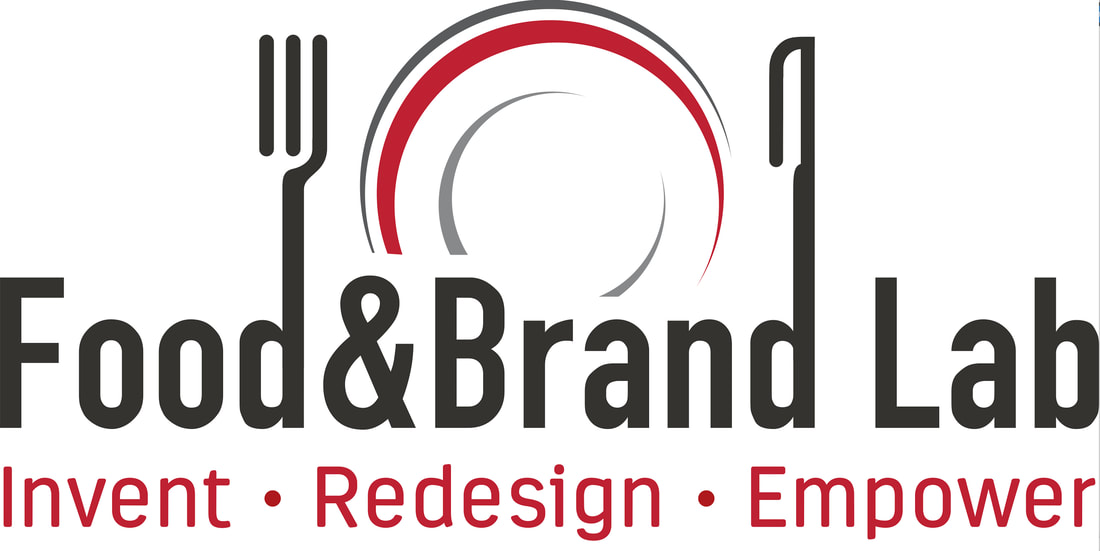Resources
Feel free to download and use any of the graphics, illustrations, videos, and resources on the page for educational purposes and with credit.
This work is licensed under a Creative commons Attribution-NonCommercial-NoDerivatives 4.0 International License.
|
SummaryEnvironmental and situational cues influence food intake in ways that are still unclear. We wanted to examine whether people consume more when an eating occasion is perceived with meal cues as opposed to snack cues.
We recruited 122 college students to participate in a socialization activity where food such as quesadillas, pizza, and chicken wings would be served. These foods were selected because they can be considered appropriate for snacks or meals. In order to incorporate the hungriness of participants they were invited to come at either noon or 3:30 pm. Participants experienced one of two conditions. In the meal cues condition, there were tables and chairs where they were told to sit and proper table settings including silverware, a ceramic plate, and drinking glass. In the snack cues conditions, there was nowhere for participants to sit until after they had finished eating, and the dinnerware was disposable. After eating, participants were asked to complete a questionnaire that assessed their hunger, satiety, and perception of the food. In addition, we recorded participant’s total food intake. Overall, we found that participants’ meal perception affected their actual intake of food. Participants in the meal cues condition ate 27.9% more calories than those in the snack cues condition (416 versus 532 calories). Amongst participants who were hungry this effect was more pronounced. This experiment showed that environmental and situational cues associated with an eating occasion influence overall food intake and has clear implications for the consumer. People who perceive an eating occasion as a snack tend to eat less, and could reduce consumption as long as they don’t compensate at a later time. Shimizu, Mitsuru, Collin Payne, and Brian Wansink (2010). When Snacks Become Meals: How Hunger and Environmental Cues Bias Food Intake. International Journal of Behavioral Nutrition and Physical Activity , 7(63). doi:10.1186/1479-5868-7-63 | ||||||
